The transnational research by NSYSU found that corals in the Red Sea are increasing instead of decreasing, serving as a reference for Kenting
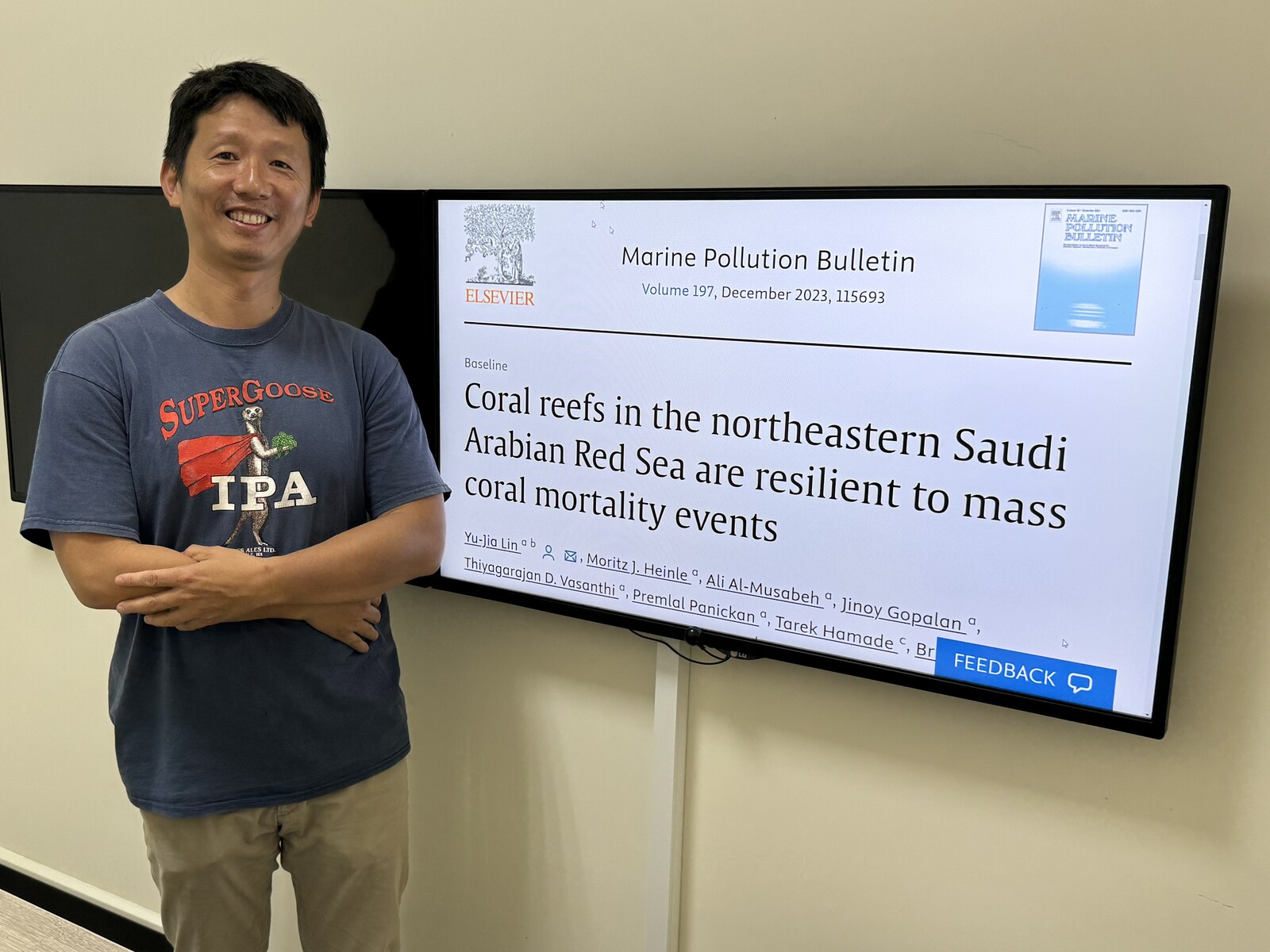
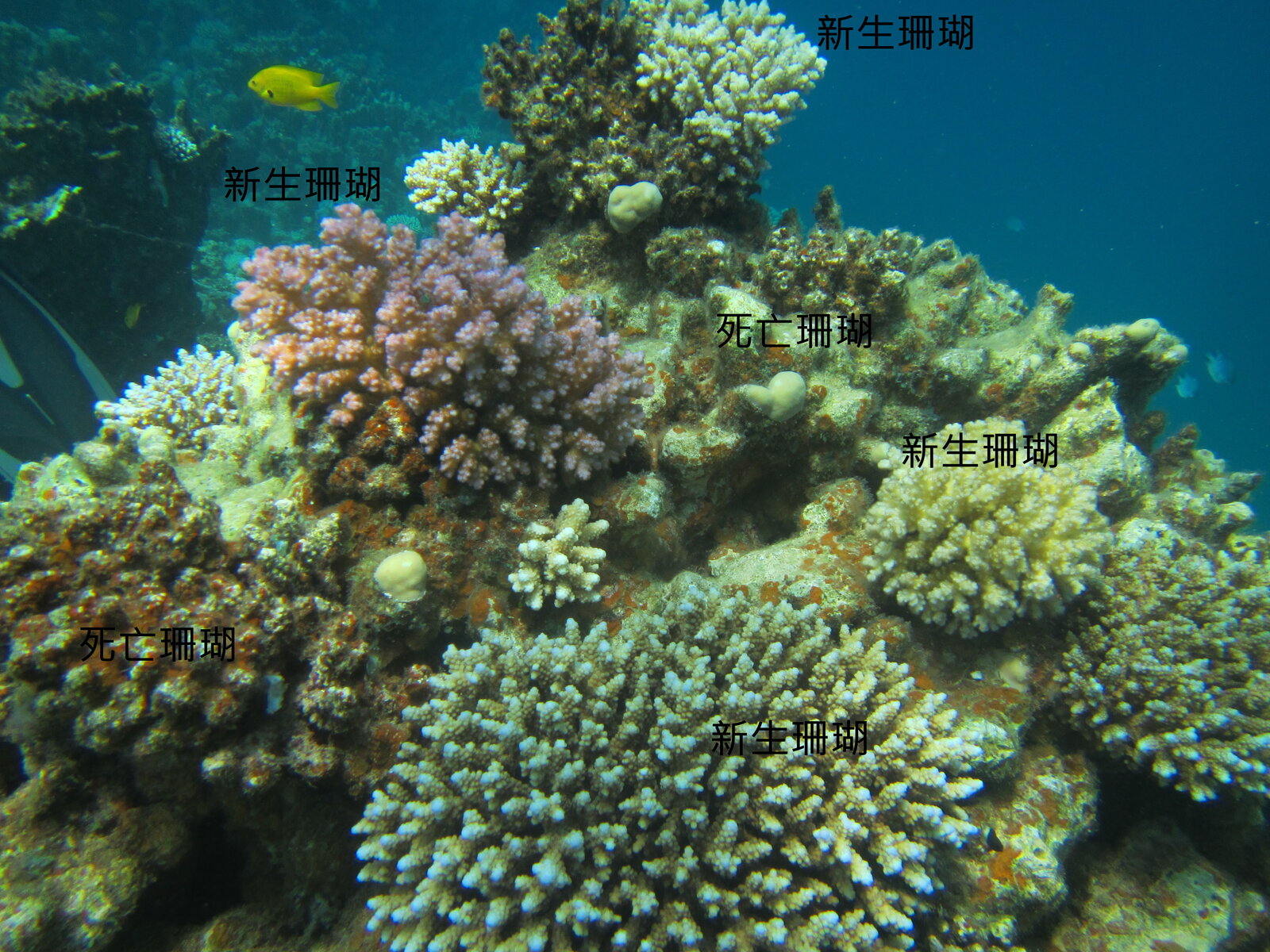
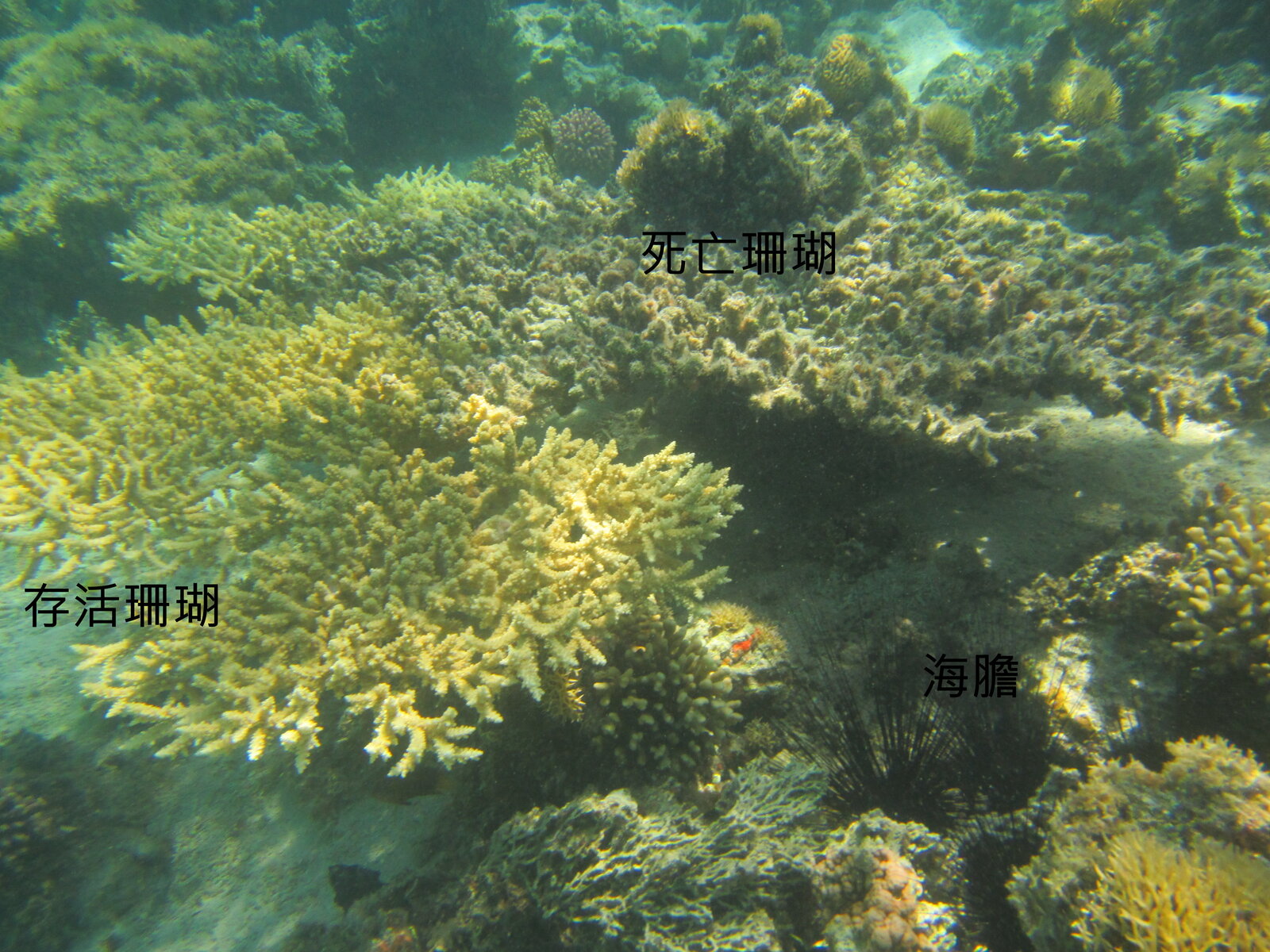
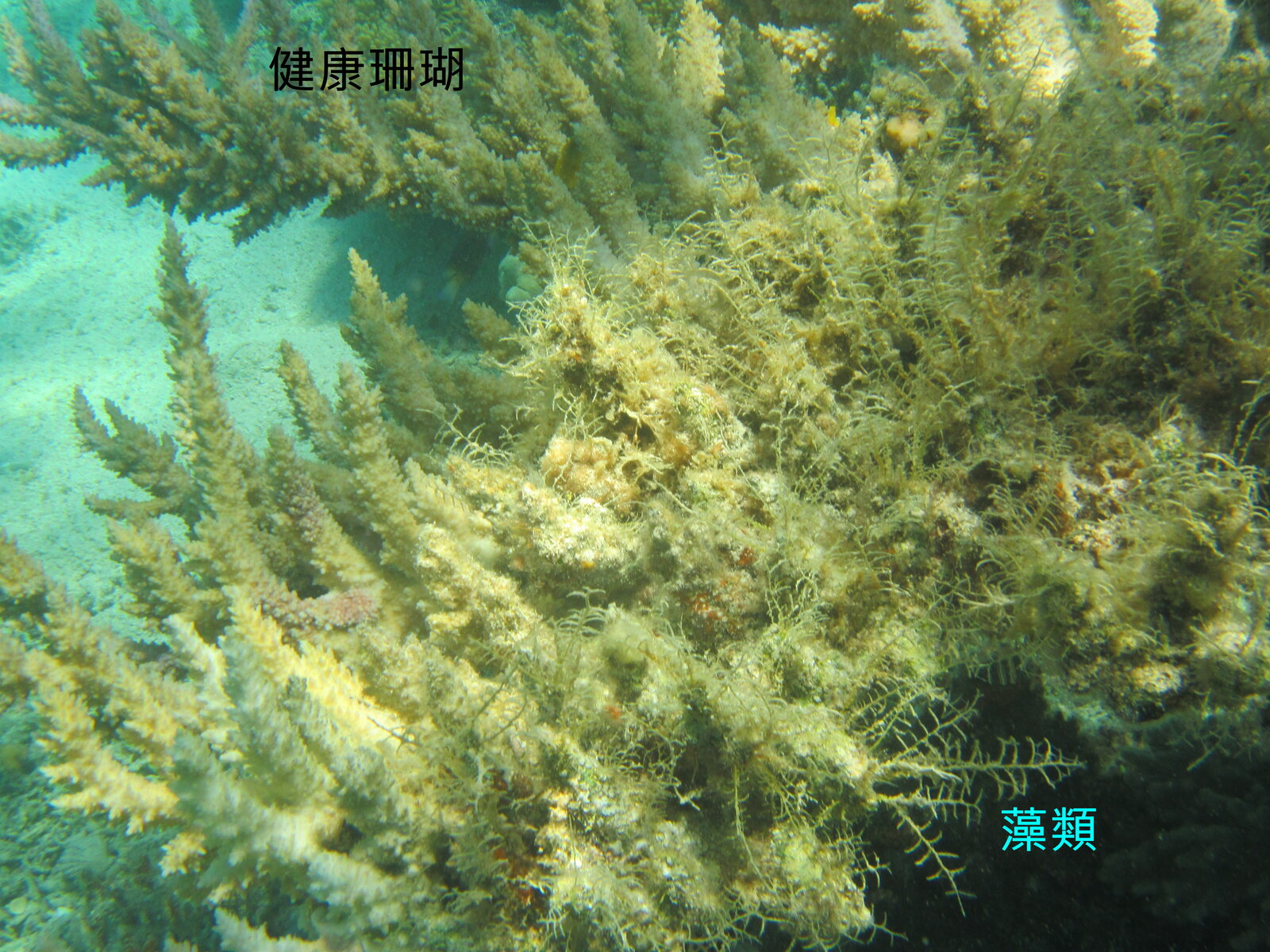
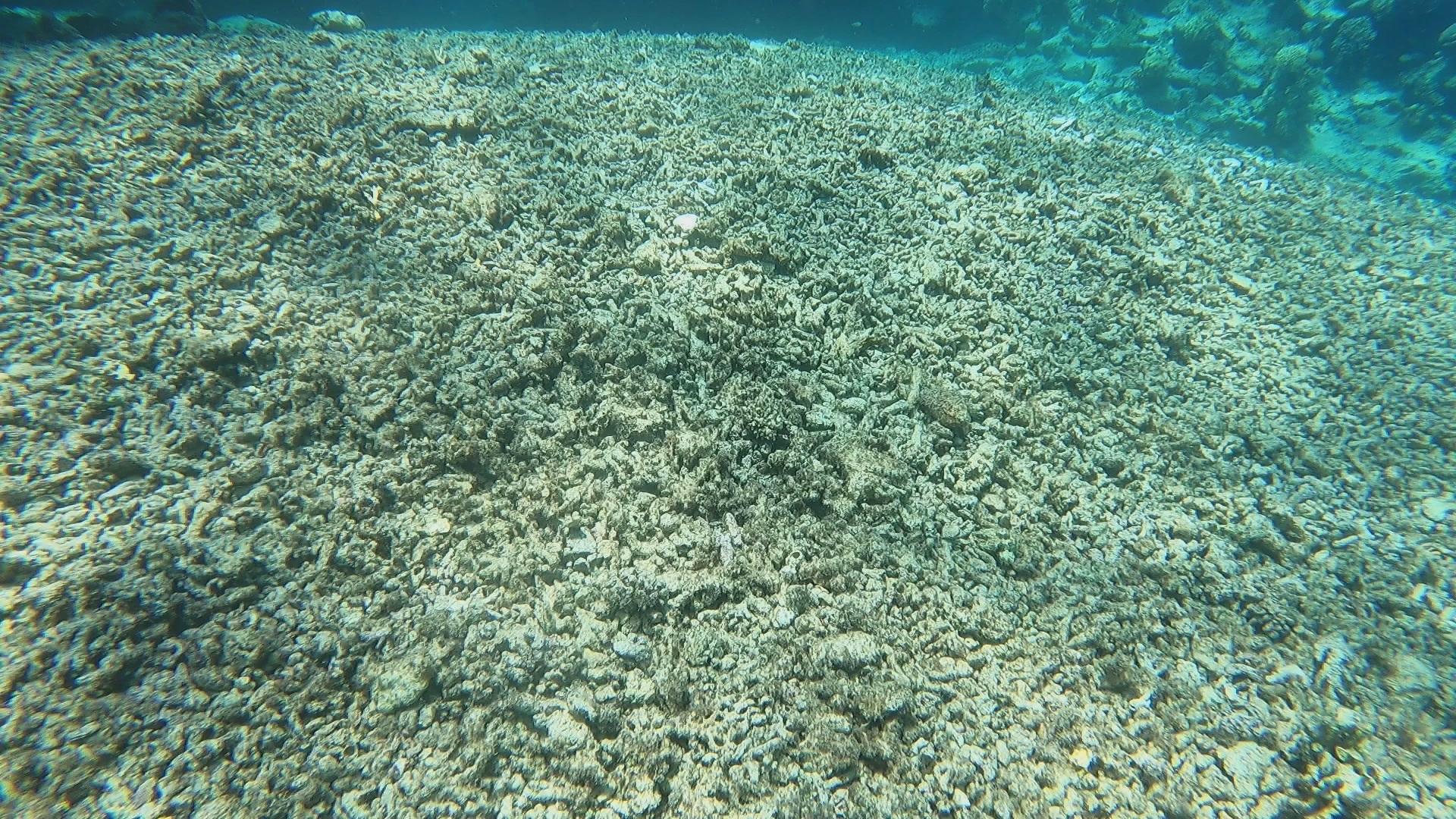
2024-06-04
Global warming is one of the most serious threads for the coral ecosystem. The multinational team, led by Dr. Yu-Jia Lin, an Assistant Professor of the Institute of Marine Ecology and Conservation at National Sun Yat-sen University (NSYSU), found that the coral coverage in the northeastern Saudi Arabian Red Sea remained similar over the past 20 years, with coral recruits blooming on dead coral skeletons. The research result was published in the top international journal, "Marine Pollution Bulletin." The research team pointed out that one of the possible reasons is the heathy coral fish populations that suppress the overgrowth of competitors like macroalgae and sea urchins. This allows the corals to reclaim their habitats and maintain a high level of resilience to mass-mortality events. It could also serve as a case study for the coral conservation in Taiwan, especially in southern Taiwan (like Kenting) where the sea temperature is often as hot as in the Red Sea in summer.
Dr. Lin said that the Red Sea is a semi-enclosed sea region with a unique marine ecosystem. More than 50 genera of reef-building corals have been discovered, over 1,200 fish species, and the third highest rate of endemism for marine organisms worldwide. In July 2021, the research team used an underwater visual census (UVC) and a system baited remotely underwater video (BRUV) to avoid disturbing fish schools to investigate seven nearshore coral reef stations and three offshore coral reef stations and observed 29 coral genera, with Porites, Acropora, Goniastrea, and Sinularia are the most frequently recorded. They compared the survey results with the baseline information of the study two decades ago and found that despite the recurrence of global warming, the average coral coverage rate of nearshore sampling points was 36.2%, which was a significant increase compared with 28.1% 20 years ago. Meanwhile, dead coral coverage has increased significantly from 6.7% 20 years ago to 38.1%. This showed that mass coral mortality did occur in the northeastern waters of the Red Sea. Still, it also demonstrated the resilience of local coral reef communities, allowing coral coverage to remain above the level of 20 years ago.
How do coral communities persist? The research team pointed out that several reasons: First, the study area is far from major cities, with little disturbance from human activities. Second, after coral reef bleaching, the habitat is often replaced by macroalgae and sea urchins. The herbivorous fish, such as surgeonfish and parrotfish, can inhibit the growth of macroalgae and turf algae by feeding. Triggerfish, wrasses, and emperors prey on sea urchins. Third, the crown-of-thorns starfish, a notorious coral predator, did not outbreak. Fourth, there is a sufficient supply of coral larvae from other areas of the Red Sea. These conditions may create favorable environmental conditions for coral recolonization and contribute to observed resilience. Dr. Lin say: "This is a rare finding in the coral reef studies. The corals went and came, just like a company that suffers from several financial crises, goes through these crises, and still operates steadily."
Dr. Lin pointed out that corals are generally very sensitive to water temperature. When water is too warm, corals will expel the symbiotic algae (zooxanthellae) living in their tissues causing the coral to turn completely white. The water temperature of the Red Sea can reach 35°C in summer. Although the local corals are highly heat-tolerant, they have been subject to widespread bleaching due to intense heating waves that have occurred several times, especially for nearshore coral reefs. Comparing Taiwan's marine environment, Kenting's summer sea temperature is usually between 22 and 29°C, but the high temperature can reach over 34°C in summer with temperature conditions closest to those in the Red Sea and can be used as a reference. In the aspects of coral conservation in Taiwan, Dr. Lin suggested that a well-functioning food-web can keep coral competitors from taking the habitats so that coral recruits have chance to grow. We should focus not only the corals themselves but also other species in the entire ecosystem. "To protect corals, we must protect fish as well." He calls for reducing overfishing and eating less parrotfish, humphead wrasse, emperors, groupers, and other coral reef fish. Rather than seeing the fish on the plates, keeping these fish in the sea not only benefits the tourism market but also enhances the resilience of the coral ecosystem under the impact of global climate change.
This finding was published in a top journal, "Marine Pollution Bulletin," in December 2023. The team includes scientists from King Fahd University of Petroleum and Minerals in Saudi Arabia (Dr. Moritz J. Heinle, Ali Al-Musabeh, Jinoy Gopalan, Thiyagarajan D. Vasanthi, Premlal Panickan and Dr. Thadickal V. Joydas), from Wood Environment Consultants in Saudi Arabia (Dr. Tarek Hamade) and NEOM Environment in Saudi Arabia (Dr. Bruno Pulido and Dr. Barry Shepherd).
Reference: https://www.sciencedirect.com/science/article/pii/S0025326X23011281
